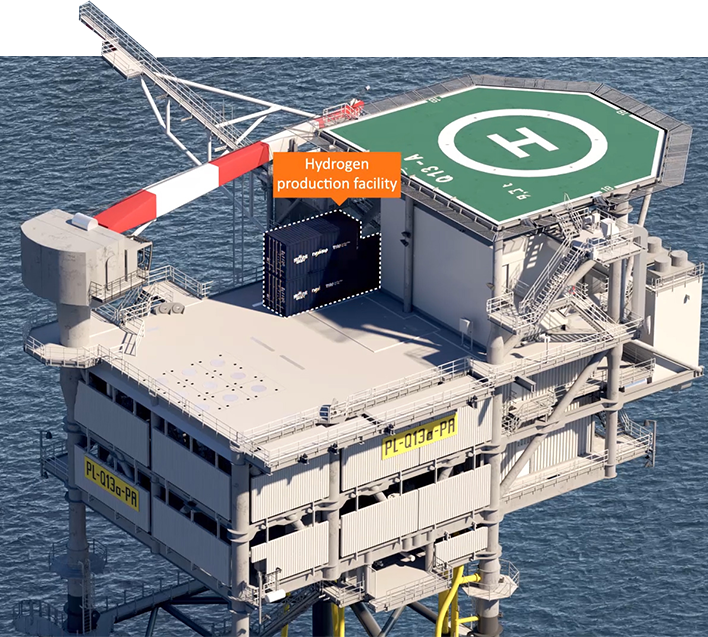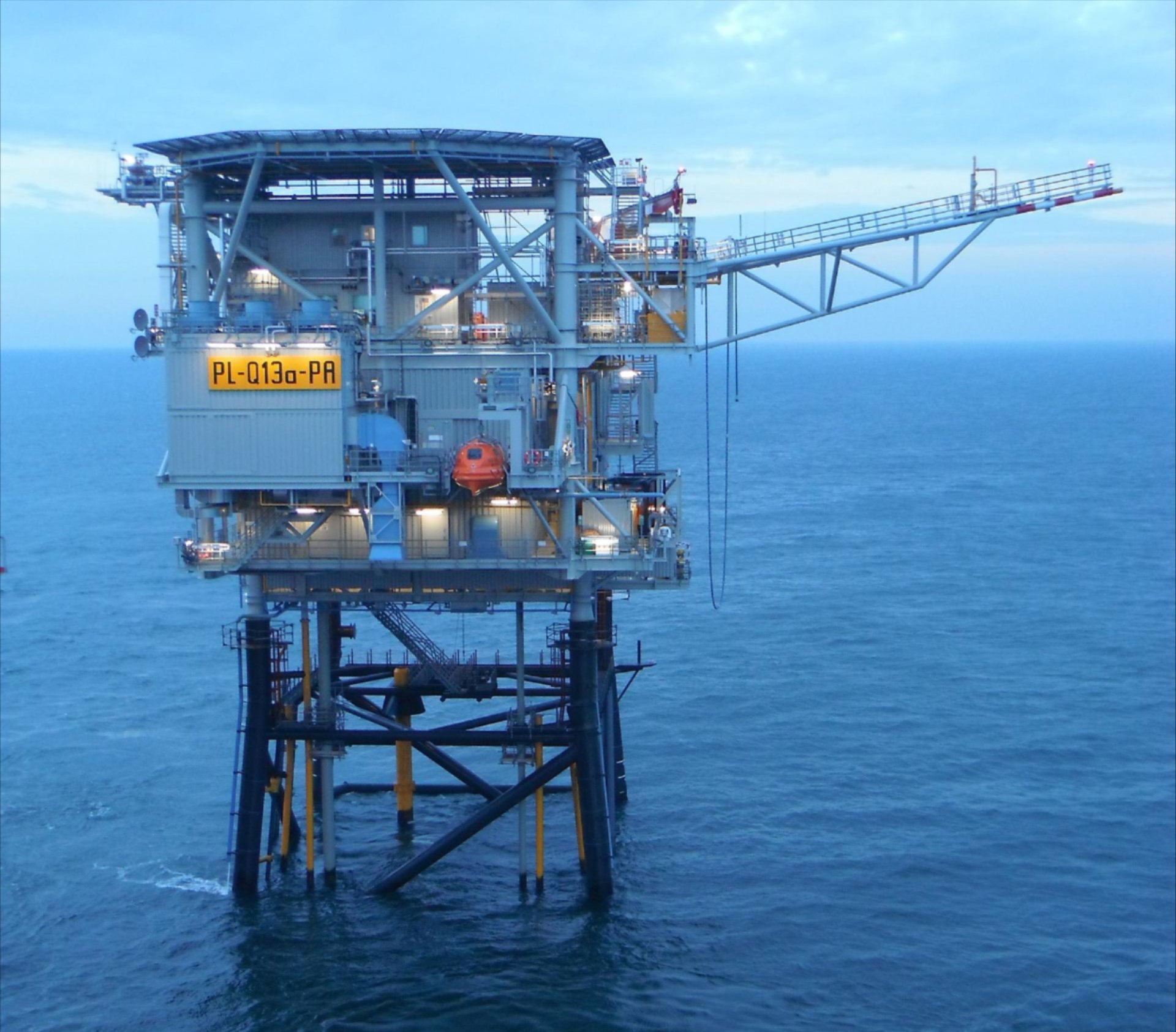About PosHYdon

For the first time an energy innovation is set to take place at a distance of 13 kilometres off the coast of Scheveningen. Green hydrogen will be produced offshore on an operational platform. This pilot project is known as PosHYdon.
PosHYdon will integrate three energy systems in the North Sea – offshore wind, offshore gas and offshore hydrogen – at Neptune Energy’s Q13a-A platform. This production platform is the first fully electrified platform in the Dutch North Sea.
The process for making green hydrogen starts with converting seawater into demineralised water on the platform. The demineralised water is then converted into hydrogen via electrolysis. Wind power provides the energy required for producing the green hydrogen. The pilot project aims to investigate the practical aspects of integrating working energy systems at sea and producing hydrogen in an offshore environment, to see how offshore conditions, including salt, affect the electrolyser. The idea is that the lessons learned from PosHYdon will help scientists and engineers successfully develop large-scale, green hydrogen production systems for offshore use.

The North Sea – the new energy hub
The Netherlands does not stop at the dunes. The North Sea is the ideal place for generating a major share of the Netherlands’ energy production. We enjoy a privileged position in the Netherlands: not only do we have an extensive infrastructure for gas offshore that is connected to onshore, we are also able to harvest a wealth of wind energy from the North Sea, in quantities that are also significant from an international perspective. That wind energy can be converted into hydrogen in the North Sea and then transported ashore, together and blended with natural gas, via NOGAT and Noordgastransport’s high-capacity pipelines for use by customers in for instance industry and the mobility sector. This approach creates a green system based on electrons next to a second system based on molecules. The green hydrogensystem adds flexibility, because there is no need for long power cables and substations, and there is no dependency on electricity prices or the capacity of the electricity grid on land. The result – an adequate supply of green electricity, coupled with an adequate supply of green hydrogen – is a good basis for achieving the climate targets. So PosHYdon holds the key to potentially accelerating this transition. There is a great deal of international interest in this pilot project in the Dutch part of the North Sea.
Our Partners
















PosHYdon is an initiative of Nexstep, the Dutch association for decommissioning and reuse, and TNO, the Dutch organisation for applied scientific research, in close collaboration with the sector. Many partners are collaborating with us in the PosHYdon project. Click the links to find out more about our consortium: ENI, Gasunie, Eneco, DEME Offshore, NOGAT, Noordgastransport, NEL Hydrogen, InVesta, TAQA, Hatenboer, Iv-Offshore & Energy and Emerson Automation Solutions.
The partners in the Q13a-A platform are: ENI (operator and 50%), EBN B.V. (40%) and TAQA Offshore B.V. (10%).


